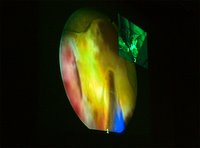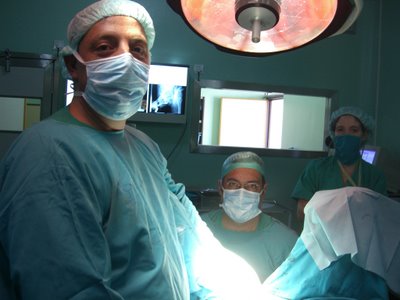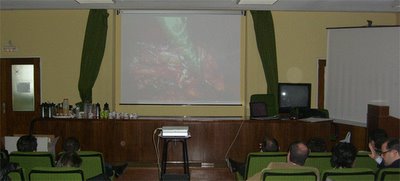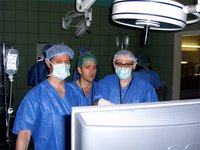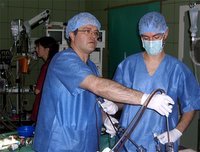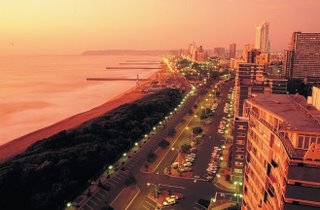 At last we arrived at Durban. This time we took it easy as there was only one lecture scheduled. Durban is also a very attractive city from South Africa. I had the chance to walk in the beach for some time. The lecture had a great impact and most urologists working in Durban attended. PVP (Greenlight Photovaporization of the Prostate) has generated a great interest in South Africa, because while in countries as Denmark, where PVP is being performed in 14 out of 17 urology departments in that country, in South Africa this laser has just started its distribution by a prestigious company in South Africa, TecMed. These urologists were really anxious to get to know more about this technique they have read so much about. The discussion was very intense and the interest was really high.
At last we arrived at Durban. This time we took it easy as there was only one lecture scheduled. Durban is also a very attractive city from South Africa. I had the chance to walk in the beach for some time. The lecture had a great impact and most urologists working in Durban attended. PVP (Greenlight Photovaporization of the Prostate) has generated a great interest in South Africa, because while in countries as Denmark, where PVP is being performed in 14 out of 17 urology departments in that country, in South Africa this laser has just started its distribution by a prestigious company in South Africa, TecMed. These urologists were really anxious to get to know more about this technique they have read so much about. The discussion was very intense and the interest was really high.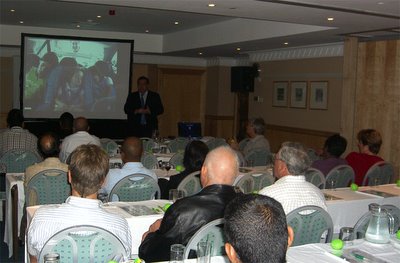
So, this is the end of my trip to South Africa. I am very happy that I had a chance to get to know this wonderful country, and also because I have contributed to make PVP better known by my South African colleagues. I am sure also South African patients will start to benefit from it soon. I will return to Johannesburg tomorrow, where I will stay another day prior to returning to Madrid this Sunday. On Monday I will fly to Barcelona, where I will mentor the urologists from Fundació Puigvert, another very prestigious urology center that has decided to adopt PVP. That same day I will fly to Paris, to participate in the European Urological Association congress, where I am chairing a course of the European School of Urology.
South Africa has impressed me deeply. After drinking the waters of the zambeze, I think I will never be able to quench the thirst for Africa. I will never forget the night I spent with the lions, their flashy eyes and their overwhelming roars...



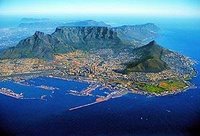

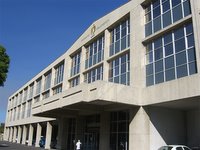
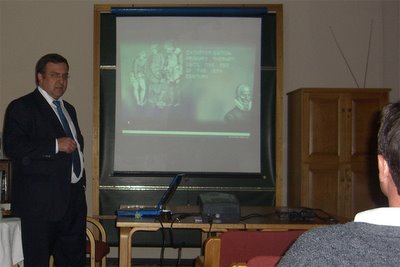
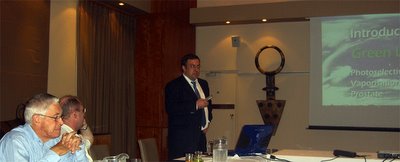 Again I observed the same effect in the urologists attending this lecture, they were fascinated by PVP. When we were finishing the lecture we started hearing explosions outside, and when we went out to find out, a fantastic fireworks show had started. A good end for this lecture.... Tomorrow we will travel to Durban, to participate in the last lecture scheduled in this hectic roadshow.
Again I observed the same effect in the urologists attending this lecture, they were fascinated by PVP. When we were finishing the lecture we started hearing explosions outside, and when we went out to find out, a fantastic fireworks show had started. A good end for this lecture.... Tomorrow we will travel to Durban, to participate in the last lecture scheduled in this hectic roadshow. 
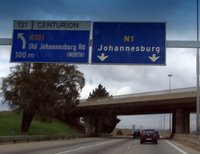



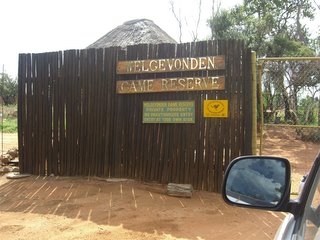


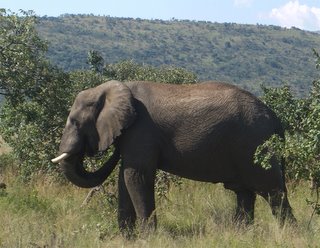
 Then we travelled to Pretoria where the first lecture should take place.
Then we travelled to Pretoria where the first lecture should take place.



